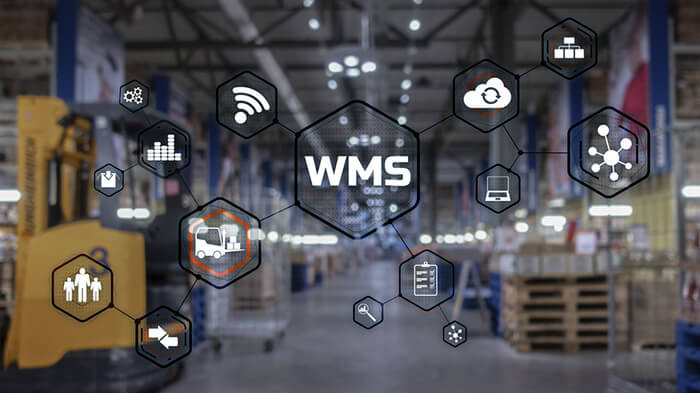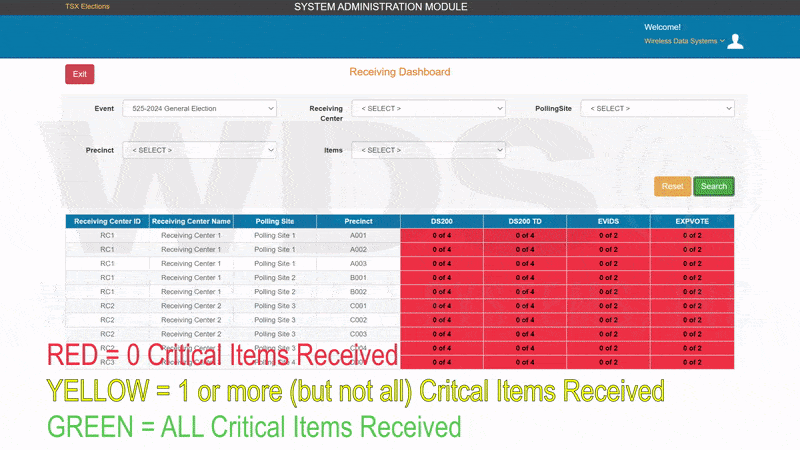David Whitt founded Wireless Data Systems, Inc. (WDS) in November of 1990. Under his direction, WDS has been integrating real-time data collection systems, in difficult environments, via highly accurate data acquisition technologies. Since 1990, his vision has been to provide system solutions that paint a picture for the clients of their business via data. Long before the advent of management dashboards, Mr. Whitt’s vision was driving WDS solutions to the successful implementation of systems that displayed graphical representation of a client’s mission critical activities via real-time data. These early adoptions of data-as-a-story provided WDS clients with a visual representation of their operational strengths and weaknesses.
Mr. Whitt’s belief is that first and foremost, WDS provides data that is unbiased and brutally honest. His dedication to that belief has positioned WDS as a respected leader in the design, application, and successful implementation of mission critical systems for many industries. Through the years the WDS team has created first-of-its-kind systems for the aviation security, cruise line supply chain and logistics, event and election management, asset tracking and supply chain management for cable TV and Internet operators, and many others.
Mr. Whitt also serves as the chief system architect of the company’s product offerings, and the liaison between the client’s management teams and the WDS technical staff.






